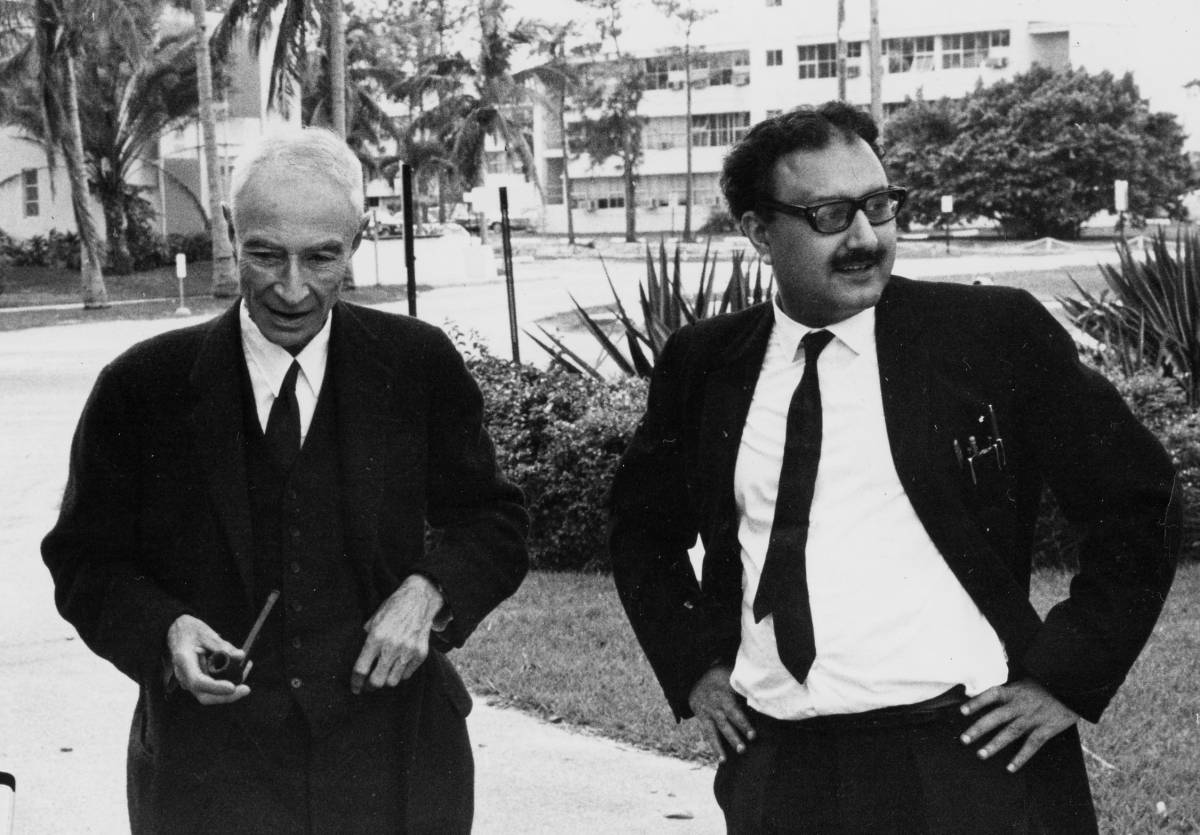Apple is undertaking a major restructuring of its global supply chain by moving the assembly of iPhones intended for the U.S. market from China to India. This transition, expected to be completed by the end of 2026, is part of the company’s strategy to minimize exposure to geopolitical risks and escalating trade tensions between Washington and Beijing.
According to reports from The Financial Times and Reuters, Apple is in talks with key manufacturing partners, including Taiwan-based Foxconn and India’s Tata Group, to scale up production operations in India. This move would double the current output of iPhones in India, significantly reducing Apple’s reliance on China, where it currently manufactures 80% of the 60 million iPhones sold annually in the U.S.
Trade Tensions and Tariffs
This shift follows continued U.S.-China trade tensions, including tariffs introduced under both Trump administrations. The most recent round of tariffs has raised costs for American companies manufacturing in China. By shifting assembly to India, Apple aims to offset the impact of these tariffs and de-risk its operations in the event of future trade restrictions.
The cost implications, however, are substantial. As per Reuters, the cost of assembling iPhones in India is 5% to 8% higher than in China due to infrastructure inefficiencies and supply chain limitations.
India’s Growing Role in Global Electronics Manufacturing
India has been positioning itself as an alternative electronics manufacturing hub through policy incentives, tax reforms, and production-linked subsidies. Prime Minister Narendra Modi’s government has waived certain import duties on mobile phone components, which benefits manufacturers like Apple looking to expand domestic production.
Apple’s exports from India have already seen substantial growth. In March 2025 alone, Apple exported iPhones worth $2 billion to the U.S., marking a record for both Foxconn and Tata Group. According to Bloomberg, Apple assembled around $22 billion worth of iPhones in India in the 12-month period ending March 2025, a 60% increase from the previous year.
Despite the surge, India still accounts for just 20% of global iPhone production.
Operational and Logistical Challenges
Moving large-scale assembly operations from China to India presents logistical hurdles. Indian infrastructure—ranging from road congestion to energy supply and port logistics—lags behind China’s highly integrated industrial ecosystem. Manufacturing experts warn that these issues may result in higher production timelines and costs for Apple.
Dan Ives, an analyst at Wedbush Securities, emphasized that this is a multi-year transition. “India will help, but it’s not moving the needle on China’s dependence for Apple. It will take years to make this move, as Apple is caught in the tariff storm,” he said.
Additionally, Apple suppliers in China have faced reported delays in receiving export permits from Chinese authorities. The Information reported that equipment needed to expand operations in India has been blocked or delayed without clear explanations, adding another layer of complexity.
Cost of the Shift
The total cost of Apple’s transition from China to India for iPhone assembly bound for the U.S. is estimated at $30 billion to $40 billion, as per Wedbush Securities. This includes setting up new facilities, training workforce, logistics adjustments, and dealing with initial inefficiencies in the Indian manufacturing ecosystem.
Babak Hafezi, CEO of Hafezi Capital, noted that India’s competitiveness depends on improving core infrastructure. “They have massive infrastructure problems in terms of traffic, mobility, and energy. You need secure, continuous, and productive infrastructure to maximise manufacturing competitiveness,” he said.
Broader Trade and Diplomatic Dynamics
While Apple advances its India strategy, U.S.-China trade relations remain volatile. President Trump has publicly signaled openness to easing tensions but confirmed no formal breakthrough. China has denied the resumption of trade talks.
Conversely, diplomatic engagement between the U.S. and India has intensified. U.S. Vice President JD Vance met Indian Prime Minister Modi earlier this week to discuss trade. Both sides indicated progress toward a bilateral agreement that could further facilitate technology and manufacturing partnerships.
Outlook
Apple’s decision reflects the broader recalibration of global supply chains driven by geopolitical uncertainty and economic nationalism. While India presents long-term opportunities for diversification, the transition will require time, investment, and infrastructure development.
The upcoming Apple earnings report, scheduled for release on Thursday, may provide further insights into the financial implications of this strategic move and how investors are responding to the company’s evolving supply chain strategy.
Related stories:
DRC accuses Apple of using illegally exploited minerals
Apple Makes History: Made-in-India iPhones Available on Launch Day
China and US Agree to Reduce Tariffs for 90 Days
















